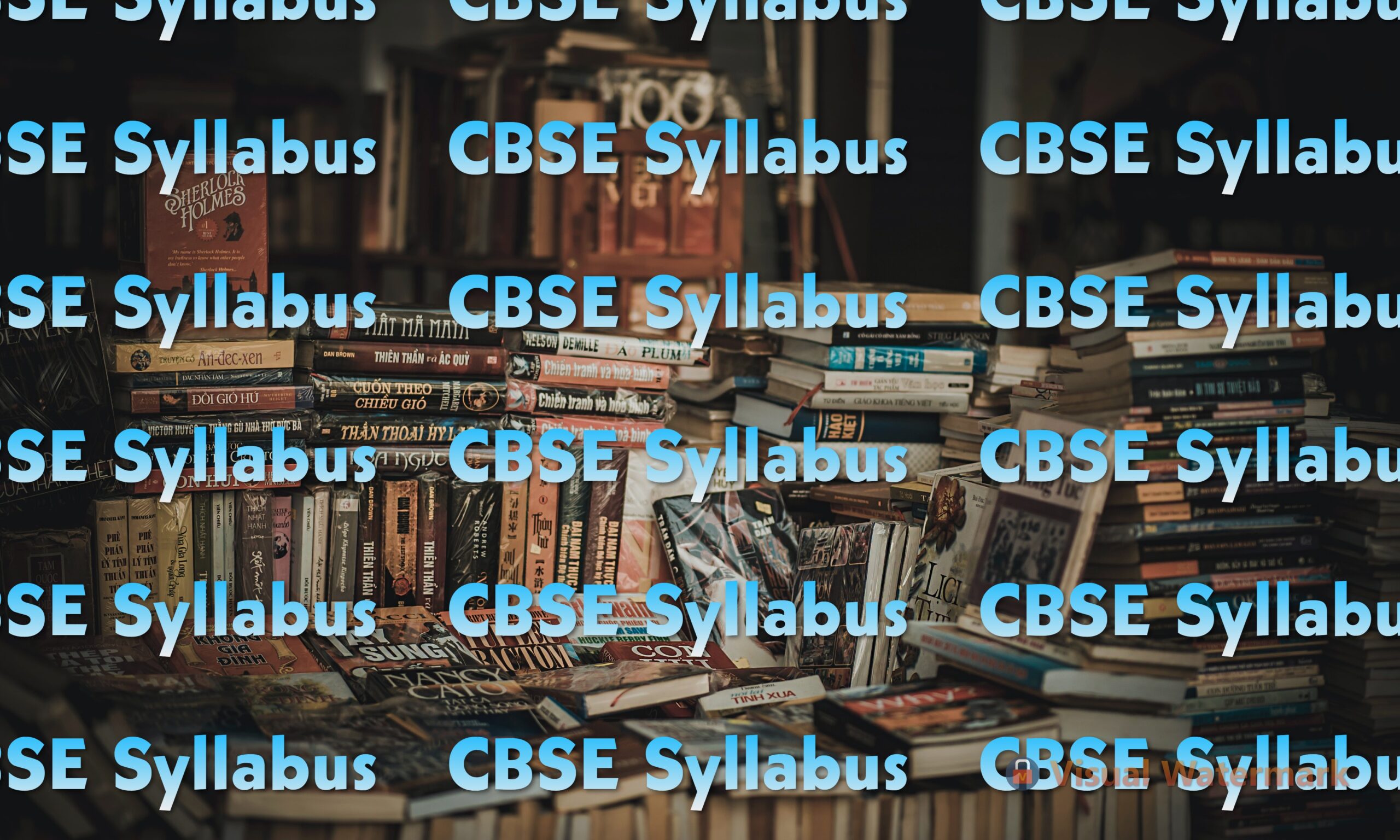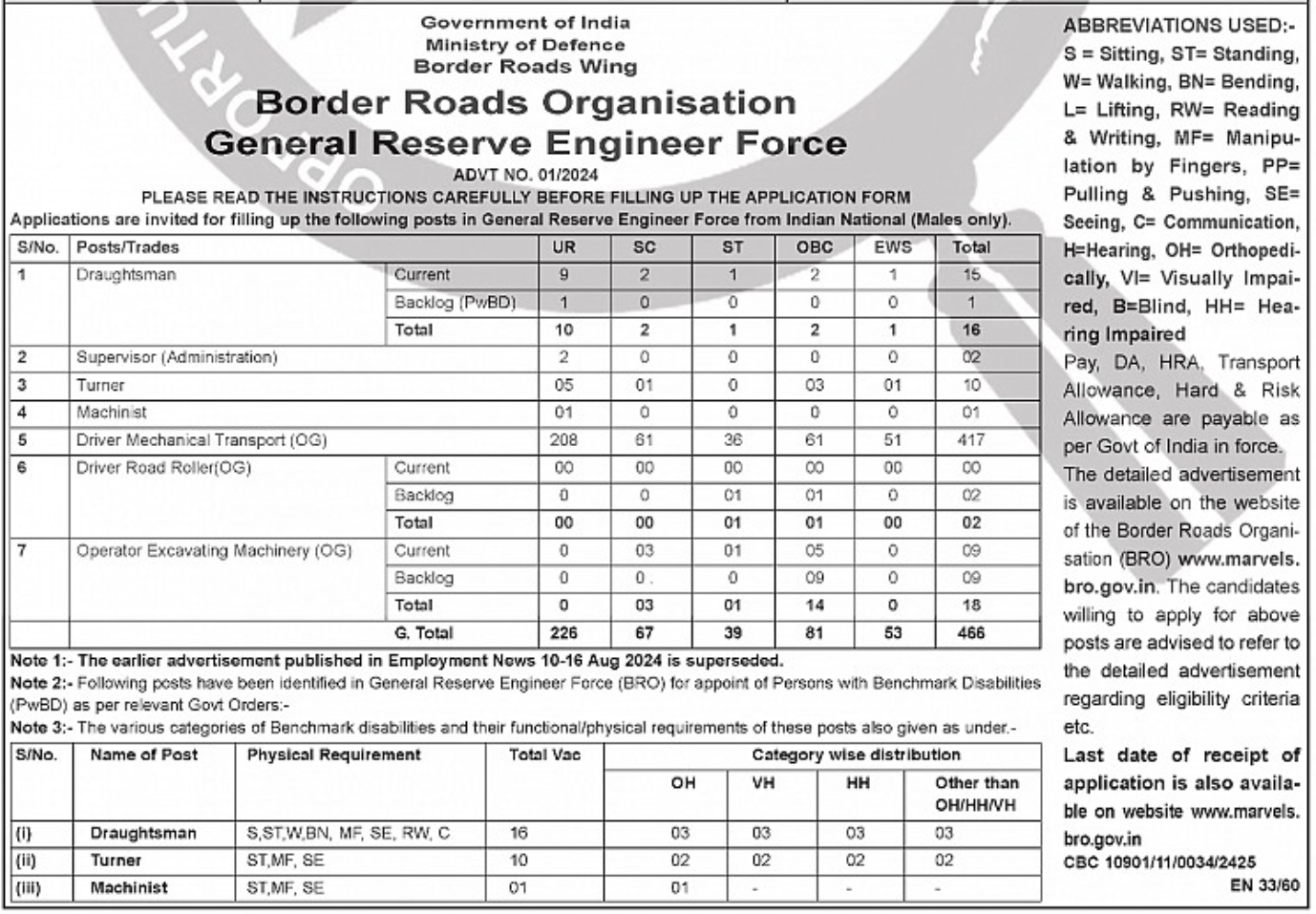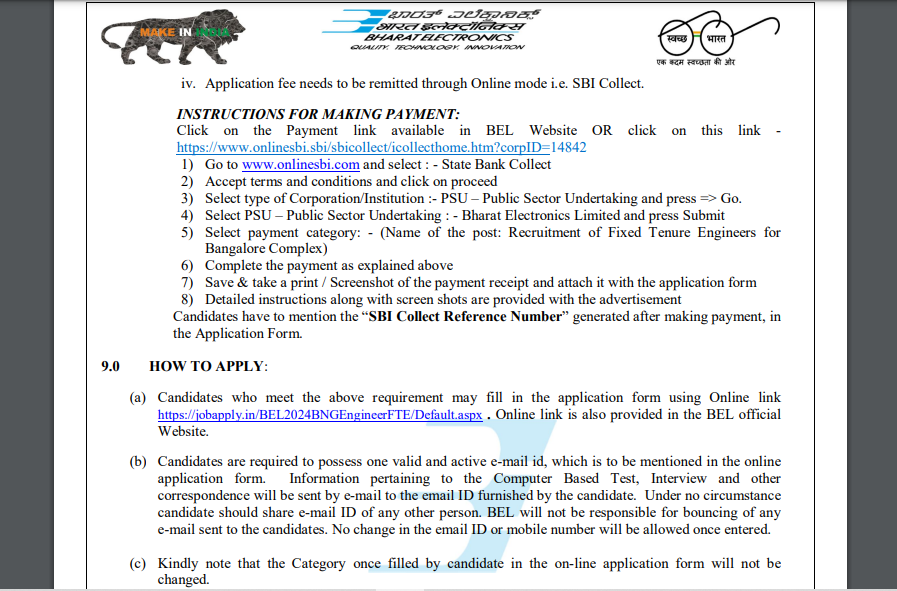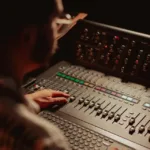(B) PAINTING (Code No.: 049) Classes IX-X (2023-24)
“The secondary stage is apt for refining aesthetic sensibilities and promoting social values through projects on conservation of the natural and cultural heritage and through opportunities for studying Indian culture, working with artists/artisans of the community, organizing festivals and celebrations of the community at large, display of physical environment and surrounding landscape and their exploration; projects to promote creativeexpression and exhibition of works in visual and verbal forms” is one of the recommendations of the National Curriculum Framework 2005.
This is the stage where students have already gained the skill of drawing and painting to anextent to create and communicate through simple images and colours. The focus of the painting curriculum should be to provide students with an opportunity to explore natural and man-made objects, situations and subjects to learn about the elements and principles of painting while enjoying their creative expression through different mediums and techniques. The course consists of (i) Painting theory and (ii) Painting practicals. Theory and Practice are co-related and complement each other by application of medium and technique.
Theory can make students understand the medium they are practicing with all its beauty and meaning. Theory provides knowledge and enhances the value of the practical.
Learning outcomes:
Students after studying ‘Painting’ as additional subject will be able to:
- Enjoy paintings as a medium of expressions
- Appreciate the beauty in lines, forms and colours
- Know the fundamentals of Painting (Elements and Principles) and apply themin their creations.
- Use painting tools and materials appropriately.
- Apply pencil colours, oil pastels, poster colours, water colours etc. as a paintingmedium.
- Differentiate between ‘opaque’ and ‘transparent’ colours as a technique.
- Refine memory and observation power through study / still life and paintingcomposition.
- Maintain his/her painting tools, materials appropriately.
- Display his/her paintings aesthetically and will learn to store them.
- Apply the artistic skills of composition in day-to-day life at home and in theschool.
Suggested Teaching Learning Strategies – IX:
- Still Life (Study of simple objects) Study of a group of two or three objects from a fixed point of view in colours. Group may include vegetables, fruits, foliage, book, drapery, and simple objects of daily use.
- Simple compositions based on any one form of Folk Art such as Madhubani, Warli, Alpana, Rangoli, Mandana etc.
- Field visits to Art Galleries, Museum/s, National Bal Bhawan or similar organisations, Artist’s studios or Artisan’s workshops etc.
- Sketches from Life and Nature in pencil and ink.
- Teacher can tell story of Indian Art in a story telling manner. This can also be audio/video recorded and shared with students.
- Display of reproductions of master’s work in school corridors.
- Submission of portfolio consisting of six (3 Still Life and 3 Composition) selectedworks done during the year.
(B)PAINTING
Theory Code No.: 049
Class IX
Time allowed: 3 hours Maximum Marks: 30
UNIT- I: Fundamentals of Visual Arts (The Elements) 10 Marks UNIT-II: Methods and Materials of Painting 10 Marks
Understanding and appropriate use of:
- Tools,
- Painting Materials – Poster Colours, Water Colours, Oil Pastels and Pencils
UNIT-III: Story of Indian Art 10 Marks
(i) Appreciation of Indian Art covering selected paintings, sculpturesand architectural glimpses:
- Paintings :
(i) Ulizard’s Dance (Bhimbethaka)
- Sculptures
(i) Yaksha – Yakshi at R.B.I. New Delhi (done by Ramkinker Vaij)
C) Architecture
- Sun Temple (Konark, Odisha)
- Indian Folk Art – Paintings
(Floor decoration) Alpana, Rangoli and Mandana
Practical
Time allowed: 3 hours Maximum Marks: 70 Assessment for Practical: 50 marks
Still Life
- Accurate drawing with proper composition of objects. 15 marks
- Compositional arrangement with due emphasis on the subject-matter. 15 marks
- Treatment of medium with an appropriate colour scheme in still life. 10 marks
- Originality, creativity and overall expression. 10 marks
Internal Assessment: 20 marks
It includes
- Periodic Tests -there will be three periodic tests in a year, out which the 10 marks
Best two will be assessed.
- Portfolio -Portfolio will consist of 10 best work of sketches, still life 10 marks
And painting compositions done during the year.
(B) PAINTIG
Theory Code No.: 049
Class – X
Time allowed: 3 hours Maximum Marks: 30 UNIT- I: Fundamentals of Visual Arts 10 Marks
(The Elements and Principals)
UNIT-II: Methods and Materials of Painting 10 Marks
Understanding and appropriate use of:
- Tools
- Painting Materials – Poster Colours, Water Colours, Oil Pastels and Pencils
UNIT-III: Story of Indian Art 10 Marks
- Appreciation of Indian Art covering selected paintings, sculptures and architectural glimpses.
- Paintings (i) Bodhisattava Padmapani (Ajanta)
- Sculpture (i) Ashokan Lion capital (Mauryan Period)
- Architecture (i) Kailashnatha Temple, (Ellora, Maharashtra)
- Indian Folk Art – Paintings: Madhubani and Warli
Practical
Time allowed: 3 hours Maximum Marks: 70
External Assessment for Practical 50 marks
Painting-Composition
Painting from Memory – Simple composition in water/poster/pastel colours on given subjects based on sketching from life and nature. It may also be in abstract/semi- abstract/folk art forms.
| a) | Compositional-arrangement including emphasis on the subject | 15 marks |
| b) | Treatment of media with an appropriate colour scheme | 15 marks |
| c) | Originality and creativity | 10 marks |
| d) | Overall impression | 10 marks |
Internal Assessment: 20 marks
It includes;
- Periodic Tests -there will be three periodic tests in a year, out which 10 marks the best two will be assessed.
- Project work – Portfolio will consist of 10 best work of colour sketches, 10 marks Painting compositions in water colors, poster colors,
Oil pastels and in pencil colors done during the year.
Suggested Teaching Learning Strategies – X:
- Starting with simple composition based on nature such as landscapes, seascapes, compositions to show seasons, moods of nature etc. from life or from imagination. Students should be exposed to relevant work of art by masters.
- Figurative and abstract compositions from imagination of one’s own experiences
- Compositions based on any one folk painting style of India.
- Encourage students to explore regional methods and materials of painting,wall paintings, murals etc).
- Field visits to Art Galleries, Museum(s), National Bal Bhawan
/similarinstitutions, Artist studios, Artisan workshops etc.
- Teacher must tell story of Indian Art in a story telling manner. This can alsobe audio/video recorded and shared with students.
- Display of reproductions of master’s work in school corridors.
- Organise interactions with Artists and Artisans in the school and otherwise.
- Sketches from Life and Nature in pencil and ink should be encouraged as a routine.
- Protect work can be given in a team of two for better results. Some ideas for the project can be; collection of ‘Images of heritage crafts of my state’, ‘Typesof trees flora and fauna found in my village/town/city’, ‘Celebration of festivals’, ‘Games we like to play’, ‘Historical Sites’ etc. Project can consist of5 compositions on the selected topic.
- Encourage students to display their work in school. Help them organize painting exhibition(s) etc.
























